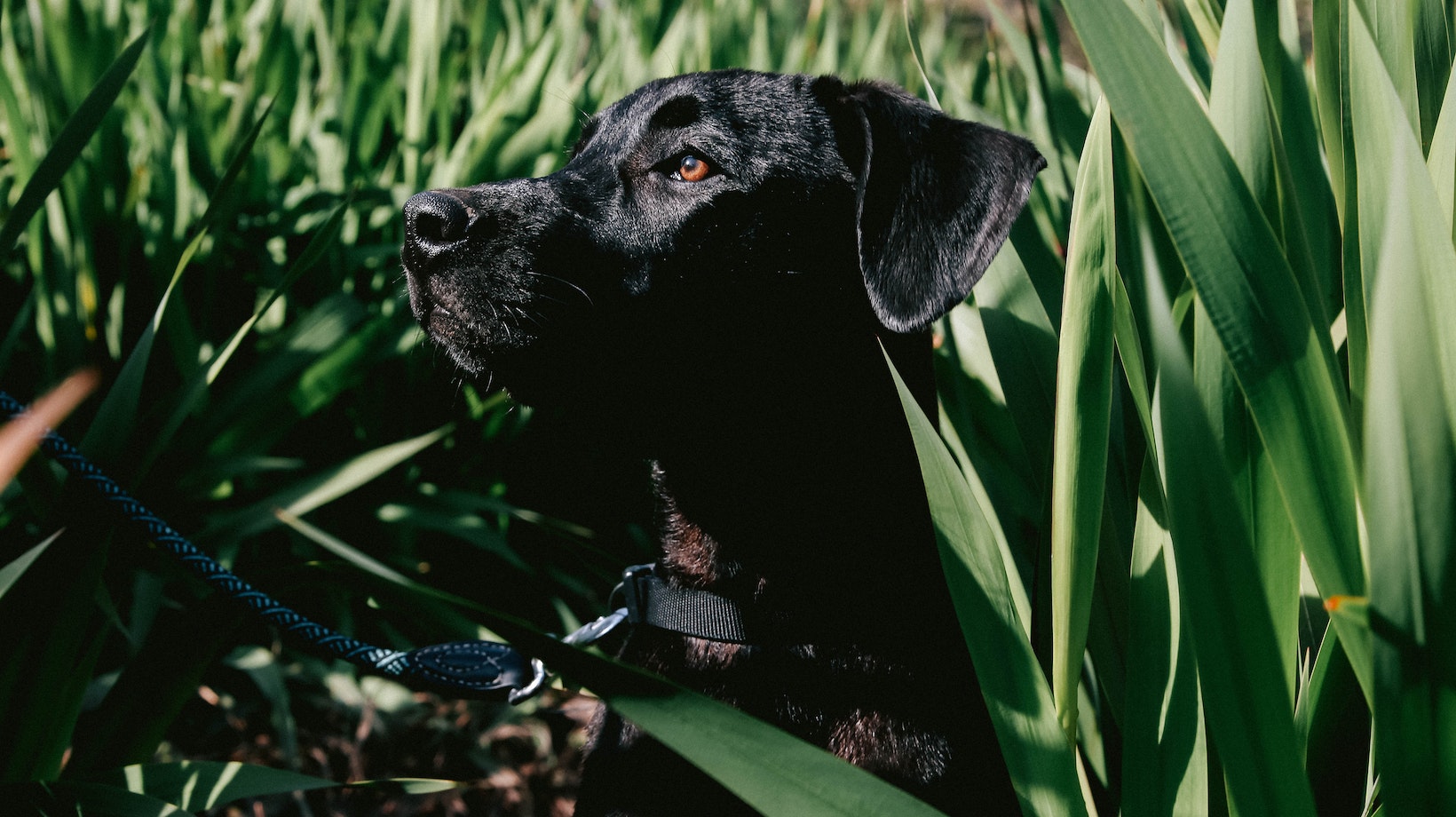How To Get Puppy To Stop Whining In Cage
Firstly, it’s important to understand that whining is a natural form of communication for puppies. However, excessive or prolonged whining can indicate various underlying reasons. One common cause is separation anxiety, as puppies may feel anxious or lonely when confined to their cages.
To help your Labrador puppy overcome their whining habit, start by ensuring they have a comfortable and appropriately sized crate. Make it a positive space by placing familiar bedding and toys inside. Introduce them gradually to the crate by rewarding calm behavior with treats and praise. Gradually increase the duration of time spent in the crate while providing mental stimulation through interactive toys or puzzles.
Another effective technique is desensitization training. Start by closing the crate door for short periods while remaining nearby. If your puppy starts whining, avoid giving immediate attention as it may reinforce the behavior. Instead, wait for a moment of quietness before opening the door again. Over time, gradually increase the duration of closed-door sessions until your pup becomes more comfortable being alone in their crate.

Establishing A Consistent Daily Routine For Your Labrador Puppy
- Set specific feeding times: Establishing set meal times for your puppy can help regulate their digestion and prevent unnecessary hunger or overeating. Aim to feed them at the same times each day, preferably in the morning and evening.
- Schedule exercise sessions: Labradors are known for their high energy levels, so it’s crucial to incorporate regular exercise into their daily routine. Plan structured playtime or walks at consistent intervals throughout the day to keep them physically active and mentally stimulated.
- Allocate time for training: Training sessions are not only essential for teaching your Labrador good behavior but also provide mental stimulation and bonding opportunities. Set aside dedicated periods each day for training exercises, ensuring consistency in both timing and duration.
- Establish consistent sleep patterns: Just like humans, dogs benefit from having a regular sleep schedule. Designate a comfortable sleeping area for your Labrador and maintain consistent bedtimes and wake-up times to promote healthy rest.
- Maintain bathroom breaks: Potty training is an integral part of any dog’s routine, especially during their early months. Take your puppy outside regularly after meals or naps, using positive reinforcement when they successfully eliminate outdoors.
By following these guidelines and sticking to a consistent daily routine, you can create stability in your Labrador’s life while reducing stress-related behaviors such as whining in their cage. Remember that puppies require patience, consistency, and positive reinforcement as they adapt to new routines, so stay persistent and offer plenty of love along the way.
Keywords: Labrador puppy, whining in cage, consistent daily routine, feeding times, exercise sessions, training, sleep patterns, bathroom breaks. Introducing crate training gradually is an essential step in helping your Labrador puppy to stop whining in their cage. By taking the time to familiarize your furry friend with their crate in a positive and gradual manner, you can create a safe and comfortable space that they will happily retreat to.
Here are some effective strategies for introducing crate training gradually:
- Start by making the crate inviting: Make sure the crate is cozy, with soft bedding and maybe even a favorite toy or blanket inside. This will help create positive associations with the crate.
- Encourage exploration: Leave the door of the crate open and allow your Labrador puppy to explore it at their own pace. You can place treats near or inside the crate to entice them to investigate.
- Short intervals of confinement: Once your puppy shows interest in the crate, start closing the door for short periods while they are inside. Gradually increase these intervals over time, allowing them to become comfortable being confined for longer durations.
- Positive reinforcement: Whenever your Labrador puppy enters or stays calmly in their crate, reward them with praise and treats. This will reinforce positive behavior and associate the crate with pleasant experiences.
- Gradual separation: Begin leaving your puppy alone in their closed crate for short periods while you’re still at home. This will help them get accustomed to being separated from you without experiencing anxiety or distress.
Remember, patience is key when implementing any kind of training technique with your Labrador puppy. Each dog is unique, so it’s important to adapt these steps based on their individual needs and progress.